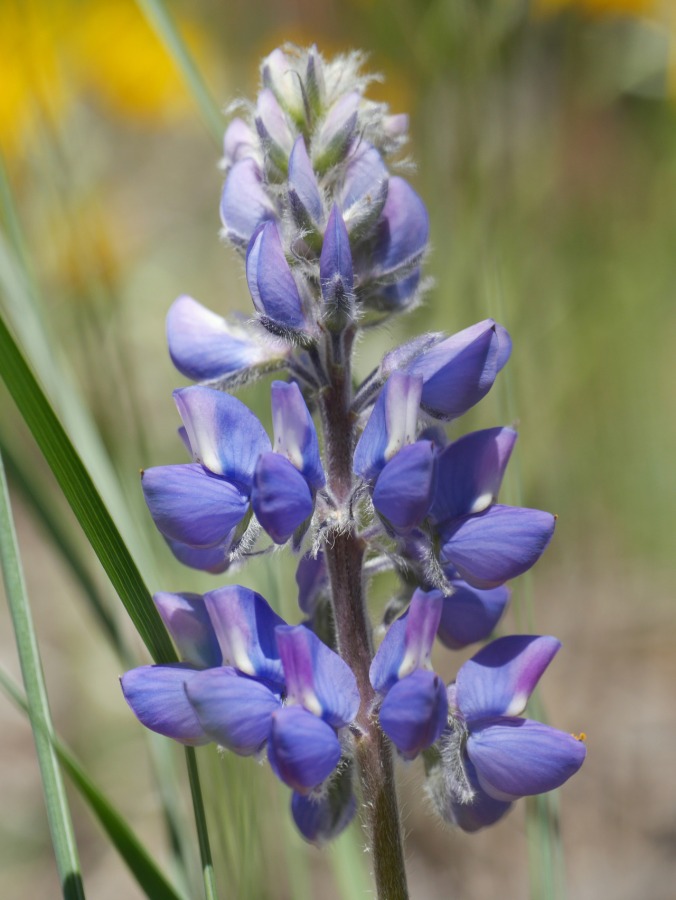
Viola orbiculata “Darkwoods Violet” Violaceae
Lolo National Forest, Bitterroot Mountains, MT
May 10, 2015
Robert Niese
There are only two species of Violets with leaves that persist through the winter in the PNW; the Darkwoods Violet and the Evergreen Violet (V. sempervirens). West of the Cascades moist forests are rife with V. sempervirens (a PNW endemic) while V. orbiculata is primarily found farther east (but can also be found in the west, typically in montane zones). Both have yellow flowers and similarly-shaped leaves and were once thought to be the same species.








